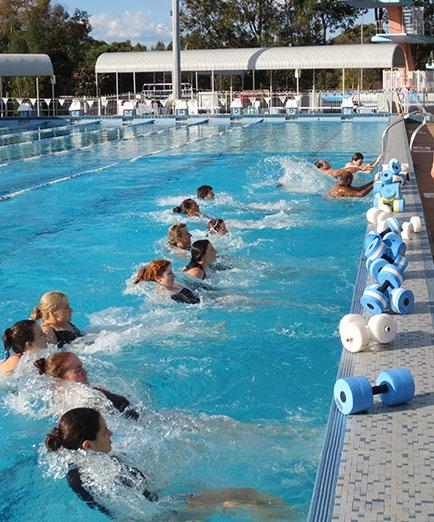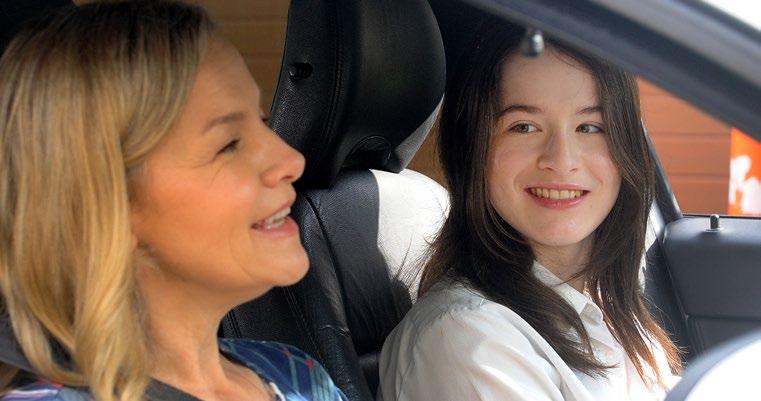
1 minute read
Getting to Balmain
Our public transport system isn’t perfect, but today’s ferry, bus (and Uber) networks are a vast improvement from the historical days of Balmain.
Despite growth in other parts of Sydney, Balmain remained unoccupied until 1836. There was no transport to the peninsula, which housed only George Whitfield’s Farm, which later was owned by John Birch, who named the suburb Birchgrove.
Advertisement
William Balmain sold his 550 acres to fellow Scotsman John Gilchrist and after Gilchrist’s death and a feud over his beneficiary, the first subdivision occurred in 1836.
The peninsula’s earliest parish map shows a track from Whitfield’s farm following the ridge to the north end of what is now Balmain Road, Leichhardt. From there, an overland traveller followed the road south to join Parramatta Road at the Bald-Faced Stag Hotel in Leichhardt.

For many years, the approach to Balmain was only by water in skiffs rowed by Watermen (Licensed Boatmen). This was very expensive, at one shilling a passenger to Balmain East and two shillings to Waterview Bay. To land passengers, the Watermen cut stairs into the sandstone shorelines.
The first steam ferry, Edye Manning’s Experiment, set excursionists down at the foot of Pearson Street, Balmain East in 1840.

A meeting of residents in April 1843 promoted a Balmain-owned steam ferry and on 11 July George Coke’s Australia left Deloitte’s Wharf at Darling Harbour for Pearson Street, and then round the north side of the peninsula to the Garry Owen estate (now Callan Park) and Five Dock. A regular ferry service, aptly named Balmain Ferry Company, was established by Henry Perdriau in 1844.
It was not until 1898, that a causeway was constructed across the head of Rozelle Bay and land transport could compete with the ferries.
BALMAIN ASSOCIATION
Balmain Watch House
179 Darling St, Balmain balmainassociation.org.au









